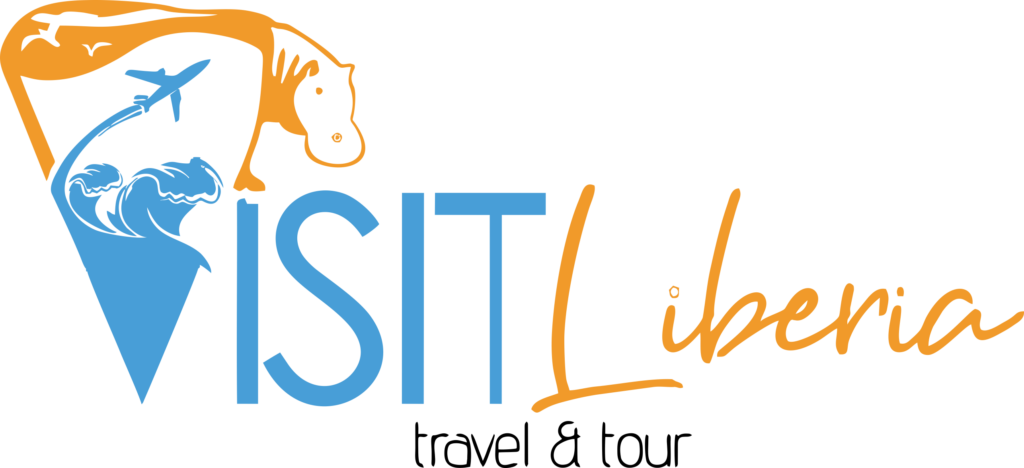History
Brief History
Liberia is a country in West Africa which was founded by free people of color from the United States. The emigration of African Americans, both free and recently emancipated, was funded and organized by the American Colonization Society (ACS). The mortality rate of these settlers was the highest in accurately recorded human history. Of the 4,571 emigrants who arrived in Liberia between 1820 and 1843, only 1,819 survived.
In 1846, the first black governor of Liberia, Joseph Jenkins Roberts, requested the Liberian legislature to declare independence, but in a manner that would allow them to maintain contacts with the ACS. The legislature called for a referendum, in which Liberians chose independence. On July 26, 1847, a group of eleven signatories declared Liberia an independent nation. The ACS as well as several northern state governments and local colonization chapters continued to provide money and emigrants as late as the 1870s. The United States government declined to act upon requests from the ACS to make Liberia an American colony or to establish a formal protectorate over Liberia, but it did exercise a “moral protectorate” over Liberia, intervening when threats manifested towards Liberian territorial expansion or sovereignty. Upon Liberian independence, Roberts was elected as the first president of Liberia.
Languages
The official language of Liberia is English. There are also more than 16 indigenous languages. Among the most widely studied Liberian languages in schools and universities are Kpelle and Bassa languages and to a lesser extent, Vai. Loma and Mende also have their own unique alphabets but are studied less.
Both languages are noted for their unique alphabets and phonetics that are not based on the Latin alphabet, or any European language but emerged from visions of each language’s inventor. Bassa alphabet was popularized by Dr. Thomas Narvin Lewis in the early 20th century, after attending studies in the U.S at Syracuse University. He modeled it after he came into contact with former slaves of Bassa origin in Brazil and the West Indies who were still using the alphabet. Vai is another well known ancient script from Liberia, but distinct from the Bassa alphabet.
Among the listed alphabets, Bassa Vah is compared to include Armenian, Coptic (used by Egyptian Coptic and Coptic Church), Avestan used in Ancient Persia to write sacred hymns of Zoroastrianism, Georgian language in Republic of Georgia, Mongolian, Meroitic alphabet of ancient Sudan and parts of Nile Valley, and many other ancient scripts, Greek-based and Cyrillic alphabets. Some Vah letters resemble certain letters from the Ge’ez alphabet of Ethiopia and Eritrea, N’ko alphabet in Guinea, and Armenian alphabet.[3]
The syllabary of Vai also been compared to Hiragana and Katakana scripts also syllabary for Japanese language. However many linguists hold that Bassa and Vai alphabets are unique in their own right for being African languages with alphabets alongside Ge’ez, N’ko, and Tifinagh (used to write Berber languages) that are neither influenced by Latin or Western writing system
Cuisine
Liberian cuisine has rice as its staple. Other ingredients include cassava, fish, bananas, citrus fruit, plantains, coconut, okra and sweet potatoes. Heavy stews spiced with habanero and scotch bonnet chillies are popular and eaten with fufu.
Religion
According To the 2008 National Census, 85.5% of Liberia‘s population practices Christianity. Muslims comprise 12.2% of the population, largely coming from the Mandingo and Vai ethnic groups
Crafts
Liberia is renowned for its detailed decorative and ornate masks, large and miniature wood carvings of realistic human faces, famous people, scenes of everyday life and accessories particularly combs, spoons and forks which are often enlarged sculptures. Sculptures are produced in both the countryside and cities. Liberian wood curved sculptures are heavily influenced by ancient history predating modern Liberia, folklore, proverbs, spirituality, rural life and show the artist’s strong observations for grand detail and their connections to the people and objects sculpted. Liberian artists both in the country and diaspora have also gained recognition for various styles of paintings in abstract, perspective and graphic art.
Due to its strong relationship with the United States, Liberia has also produced its own American-influenced quilts. The free and former US slaves who emigrated to Liberia brought with them their sewing and quilting skills and was originally done by Americo-Liberians beginning in the 19th century. Queen Victoria invited Martha Ann Ricks, on behalf of Liberian Ambassador Edward Wilmot Blyden, to Windsor Castle on 16 July 1892.
Ricks, a former slave from Tennessee, had saved for more than fifty years, to afford the voyage from Liberia to England to personally thank the Queen for the British navy’s actions against the slave trade. Ricks shook hands with the Queen and presented her with a Coffee Tree quilt, which Victoria later sent to the 1893 World’s Columbian Exposition for display. A mystery remains as to where the quilt is today.
The census of 1843 indicated a variety of occupations, including hatter, milliner, seamstress and tailor. Liberia hosted National Fairs in 1857 and 1858 in which prizes were awarded for various needle arts. However today, Liberians from all ethnic groups make quilts though it is not a popular as it once was when the country was adapting American customs, culture and lifestyle in mid 19th century. In modern times, Liberian presidents would present quilts as official government gifts, and when current Liberian President Ellen Johnson Sirleaf moved into the Executive Mansion, she reportedly had a Liberian-made quilt installed in her presidential office.
Politics
Liberia is renowned for its detailed decorative and ornate masks, large and miniature wood carvings of realistic human faces, famous people, scenes of everyday life and accessories particularly combs, spoons and forks which are often enlarged sculptures. Sculptures are produced in both the countryside and cities. Liberian wood curved sculptures are heavily influenced by ancient history predating modern Liberia, folklore, proverbs, spirituality, rural life and show the artist’s strong observations for grand detail and their connections to the people and objects sculpted. Liberian artists both in the country and diaspora have also gained recognition for various styles of paintings in abstract, perspective and graphic art.
Due to its strong relationship with the United States, Liberia has also produced its own American-influenced quilts. The free and former US slaves who emigrated to Liberia brought with them their sewing and quilting skills and was originally done by Americo-Liberians beginning in the 19th century. Queen Victoria invited Martha Ann Ricks, on behalf of Liberian Ambassador Edward Wilmot Blyden, to Windsor Castle on 16 July 1892.
Ricks, a former slave from Tennessee, had saved for more than fifty years, to afford the voyage from Liberia to England to personally thank the Queen for the British navy’s actions against the slave trade. Ricks shook hands with the Queen and presented her with a Coffee Tree quilt, which Victoria later sent to the 1893 World’s Columbian Exposition for display. A mystery remains as to where the quilt is today.
The census of 1843 indicated a variety of occupations, including hatter, milliner, seamstress and tailor. Liberia hosted National Fairs in 1857 and 1858 in which prizes were awarded for various needle arts. However today, Liberians from all ethnic groups make quilts though it is not a popular as it once was when the country was adapting American customs, culture and lifestyle in mid 19th century. In modern times, Liberian presidents would present quilts as official government gifts, and when current Liberian President Ellen Johnson Sirleaf moved into the Executive Mansion, she reportedly had a Liberian-made quilt installed in her presidential office.
Visit Liberia Travel and Tours is more than just a comprehensive online guide for travelers to Liberia. We are a tour operator based in Monrovia offering the complete range of travel related services that create the best experience for our clients and to build a resilience culture and tourism environment in the country with hundred percent showcasing the true beauty of Liberia.

